
Countering extremism in Minnesota: A beautiful goal, barely begun

Sunday April 24, 2016
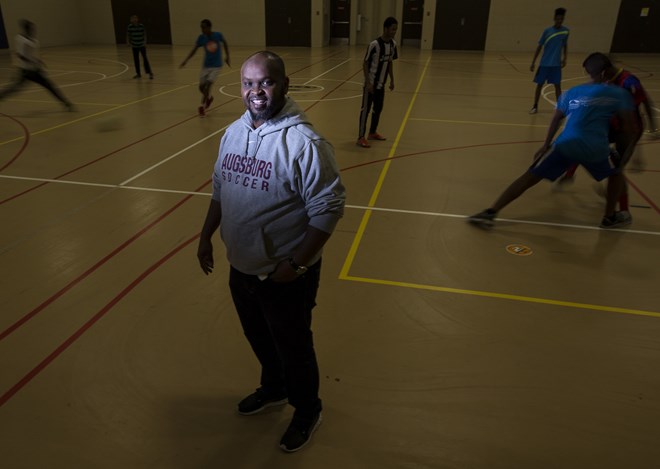
Ducking, visitors quickly learn, is a valuable skill for spectators at Coach Ahmed Ismail’s soccer practices at the Phillips Community Center in south Minneapolis.
Many of those who come to play are sitting in the bleachers, too. With inadequate funding to rent facilities elsewhere, Ismail, a father of three who drives in from suburban Savage most days, has a partitioned half of the community center’s dated gym for his athletes. That forces him to play the youths in shifts so that each of the 40-plus Somali-American teen boys at this day’s practice gets a turn.
Even those waiting to play, however, are fortunate. There are 140 youngsters on a waiting list who want to play, too, but the nonprofit club’s limited finances mean it can’t expand, a situation that other Somali-American youth development programs struggle with as well.
In other cities, this unmet need would be a local concern. But with poverty plaguing this impoverished immigrant community — the nation’s largest Somali settlement — and terrorist recruiters preying on its young people, the lagging support for organizations directly aiding vulnerable young people is a national security crisis requiring swift remedy. Research shows that social programs are critical in preventing radicalization, yet the federal and state governments are failing to adequately fund basic steps to build community resilience.
Congress and the Obama administration need to work together to get past gridlock and boost funding that has fallen far short of the rhetoric from President Obama and others about countering radicalization. But given federal inaction, and the economic challenges facing Somali-Americans here, a Minnesota-made solution also is needed.
It’s increasingly urgent for the state’s lawmakers, business community and respected nonprofits to take their support to the next level. A logical start on it is passing three bills in the Legislature that currently face daunting headwinds in a short session where there’s little time and when anti-immigrant rhetoric is shamefully shaping election-year rhetoric. The bills would expand a vital Cedar-Riverside neighborhood center, boost opportunities for youth employment and provide $2 million for Somali-American youth development grants.
The West Bank Athletic Club would be eligible to compete for these additional grant dollars. More funding would help the organization include kids on its waiting list, buy better equipment, travel or host more tournaments, and perhaps even find alternatives to having Ismail and his volunteer assistants use their own vehicles to pick up kids for practice. "This is my dream,’’ he said.
Underfunded ‘model’
When presidential contender Hillary Clinton visited the Twin Cities in December, she lauded the "Minnesota model” of combating radicalization in immigrant communities. Visitors from other cities and countries also frequently visit here to learn how the state and city are helping new citizens integrate and build new lives far from their war-torn African homeland.
The Census Bureau estimates the state’s Somali-American population at 29,000 to 36,000, with other estimates much higher. Many live in crowded high-rise apartments in the Cedar-Riverside neighborhood less than a mile from downtown Minneapolis. A finding in a state task force report released in February illustrates why the state is on the front lines when it comes to countering recruiting by terrorists in Syria and Iraq. Between 2011 and 2015, "15 of the 58 publicly-identified U.S.-originating foreign fighter recruits were from Minnesota,’’ the report said.
It comes as a shock after Clinton’s high-profile praise to realize what a work in progress the "Minnesota model” still is and how much of the progress is due less to coordinated federal support than to local officials and organizations stepping up on their own to aid a struggling new immigrant community. Minnesota law enforcement in particular stands out for its early work establishing communication channels, community liaisons and adding Somali-American officers after concerns arose about a decade ago about recruitment by Al-Shabab, an African terror organization. An estimated 22 Minnesotans left to join the group. Now, of course, the outside threat is ISIL in the Middle East.
Many of the state’s best-known philanthropies and businesses — including the General Mills Foundation, the Mayo Clinic, the McKnight Foundation, the Otto Bremer Foundation and the Minneapolis Foundation — have for years consistently funded a variety of Somali community health and development efforts. Still, between 2004 and 2014, annual support dropped from $948,500 to $127,800, according to an editorial writer’s analysis of the Minnesota Grantmakers Online database, underscoring the need for renewed private help, as well as federal and state aid.
These early local initiatives helped lay the foundation for a burgeoning community of grass-roots organizations such as Ismail’s soccer club and innovative private nonprofits such as Youthprise, whose mission is to bridge the gap between large philanthropies and small groups, such as those within the Somali community, that often struggle connecting with wealthy nonprofits. Youthprise’s aim is not only innovative grantmaking but "building capacity” in such communities, helping them learn how to apply for grants, for example, and track how funds are spent.
This strong, local foundation would have ensured that federal funds to bolster youth development, education and economic opportunities in the Somali community would have been put to work quickly and effectively — had these funds been appropriated. In 2011, the White House released a national strategy paper that called well-equipped families, resilient communities and local institutions the "best defenses against violent extremist ideologies.” In 2014, the U.S. Department of Justice named Minneapolis-St. Paul one of three "Building Resilience” pilot cities, along with Boston and Los Angeles. But it wasn’t until 2015 that the Department of Homeland Security (DHS) asked Congress for dedicated grants funding, specifically for community organizations that work with at-risk young people.
The amount Congress approved in the federal spending bill that passed in December? A paltry $10 million. Considering that experts believe $5 million a year is needed just in Minneapolis-St. Paul, the $10 million for grants to be distributed nationally, and not just in the pilot cities, is shockingly low, especially compared with the overall DHS budget of $41 billion.
Asked about the delay and the amount, agency officials provided an excerpt from a recent speech by DHS Secretary Jeh Johnson. He called it a "modest” start and said his agency would try to push a gridlocked Congress for more. At the same time, Johnson urged the tech industry and philanthropies to aid these efforts, suggesting that future federal dollars are far from certain. The U.S. Department of Justice has also sought funding for nationwide efforts to counter extremism, but the money was not appropriated by Congress.
Some federal money has already made its way to Minnesota, with credit due to U.S. Attorney Andrew Luger, who is working to bridge the gap between the rhetoric and the actual sums for building resilient communities. About $216,000 in U.S. Department of Justice funds, combined with private contributions, allowed Youthprise to award $300,000 in one-year grants to six Minnesota organizations to fight youth radicalization. The nonprofit reserved $100,000 for technical assistance and capacity-building to help applicants who didn’t get funded.
Requests for the grant money totaled more than $1 million, far outstripping the available dollars. "Next time there will be even more qualified applicants,’’ said Youthprise’s Karen Kingsley.
Motives questioned
U.S. Attorney Luger’s advocacy for funding has not come without controversy. Jaylani Hussein, the executive director for the Minnesota chapter of the Council on American-Islamic Relations, is among those alarmed by the funding’s dual purpose: countering extremism and improving social services. Refugees from a Somali government that abused and killed its citizens fear there is government surveillance of funded programs. They also worry that the negative spotlight stigmatizes young people and the community, he said.
Hussein also wants to know why it’s taken so long to spotlight the community’s economic struggles. Somalis have been emigrating to the state since the 1980s. Fifty-seven percent are living at or near the poverty level — the highest percentage of any of the state’s ethnic communities, according to a new Minnesota State Demographic Center report. Only 8 percent of Somali-Minnesotans own their own homes, the lowest rate of any of Minnesota’s ethnic communities, and 27 percent do not have a vehicle.
Hussein said private organizations and local government need to diversify their staffs and ensure they are meeting today’s needs. In particular, Hussein is critical of the Minneapolis and St. Paul parks leadership, saying they are acting like "there are still Polish kids running around northeast Minneapolis” by focusing on T-ball and hockey when newer immigrant communities such as Latinos and Somali-Americans are interested in soccer and other activities.
But Minneapolis Park and Recreation Board officials recently announced that they are taking steps to improve parks in underserved areas — an overdue but nevertheless welcome move. Hussein’s criticism also overlooks Minnesota’s long history of welcoming refugees and the comparatively generous support provided by both the public and private sectors. It’s true that the terror recruitment has highlighted the need for improved support, but Hussein badly underestimates his home state if he thinks that this is the only reason Minnesotans want to help the Somali community here succeed.
Passage of the bills championed in the Minnesota Legislature by Rep. Phyllis Kahn and state Sen. Kari Dziedzic — both DFLers — would not solve all of the community’s challenges. But the $2 million for youth and community development, much of which would go through Youthprise, would nevertheless quickly benefit young Somali-Minnesotans while helping fill the federal anti-radicalization funding gap. Among those that could benefit from the additional money if the bill is passed: Ismail’s West Bank Athletic Club, which received a $25,000 grant this year through Youthprise and could apply again. Ka Joog, another well-respected youth program that runs arts programs, camping retreats and an urban 4-H program, could be another beneficiary.
Expanding the heavily used Brian Coyle Community Center would be another practical and high-profile step to build trust and bolster the Somali community. The Coyle Center is just across the street from the colorful Cedar-Riverside high-rise apartments. Every last inch of space is used in the 23-year-old building, which houses offices for Somali community organizations, classrooms for language classes and homework help, and a food shelf that serves 1,500 families a month. Half its square footage is a gym that’s in constant demand for youth sports, gym classes for a nearby school, community gatherings and even weddings.
Legislators and other potential backers, especially those who are parents, would quickly see the reason why the center’s expansion is so important for young Somali-Minnesotans. The Cedar-Riverside neighborhood, one of the metro’s most densely populated, is nearly walled off from the surrounding areas by Interstates 35W and 94, the Blue and Green light-rail lines, the Mississippi River, and large University of Minnesota buildings.
Other than tiny Currie Park adjacent to the Coyle Center, there’s little space for young kids to play or for older kids to hang out, especially in the winter. The Coyle Center is a safe harbor for those who want to do something other than spend time online, and most kids head there after school, staying until closing to play basketball or get homework help. But the center is maxed out, even as a new apartment building rises on the last scraps of green space across the street.
"The population is going up but the resources are going down ’’ said Abdirahman Mukhtar, the Coyle Center’s youth manager.
State lawmakers passed legislation last year providing $250,000 for anti-terror efforts in Minnesota, a sum that pales compared with the community’s needs. The bills introduced this year are aimed more specifically at youth development and are big enough to make a difference. The $2 million in grants and the $5 million to $6 million for adding a second floor to the Coyle Center are manageable amounts — especially when the state has a $1.03 billion surplus and Gov. Mark Dayton is taking aim at the state’s long-standing racial disparities.
Disenfranchisement and hopelessness leave young people here and around the world vulnerable to deceptive promises from afar. Minnesota must do more than the minimum and hope for the best. It ought to fight back with targeted investments that not only show young Somali-Americans that they matter, but help them realize their dreams of a bright future in their new homeland.



 0
0 
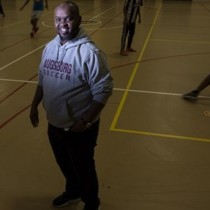
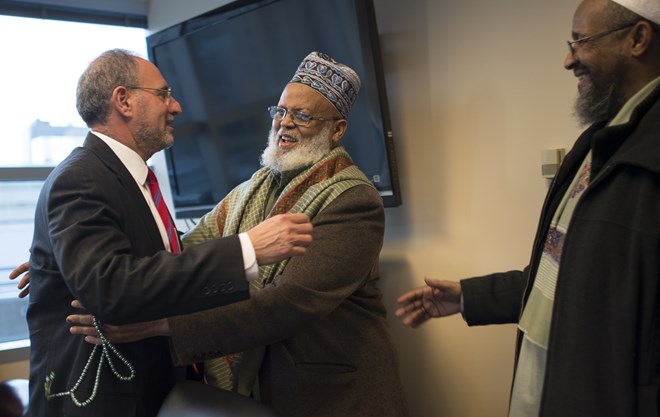

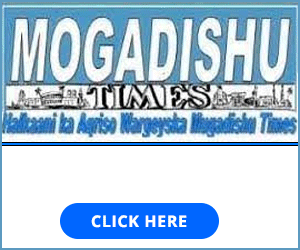
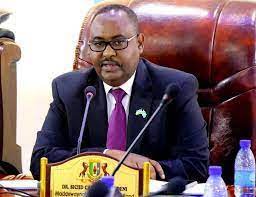
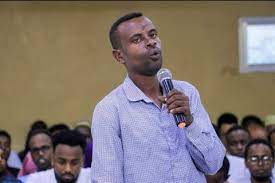
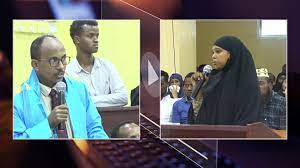

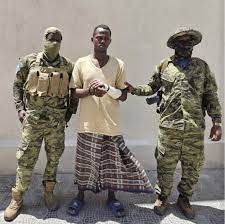


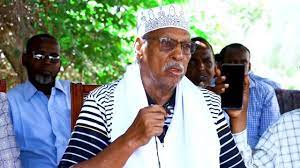
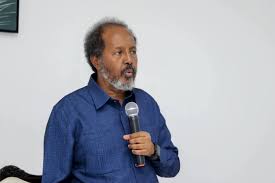
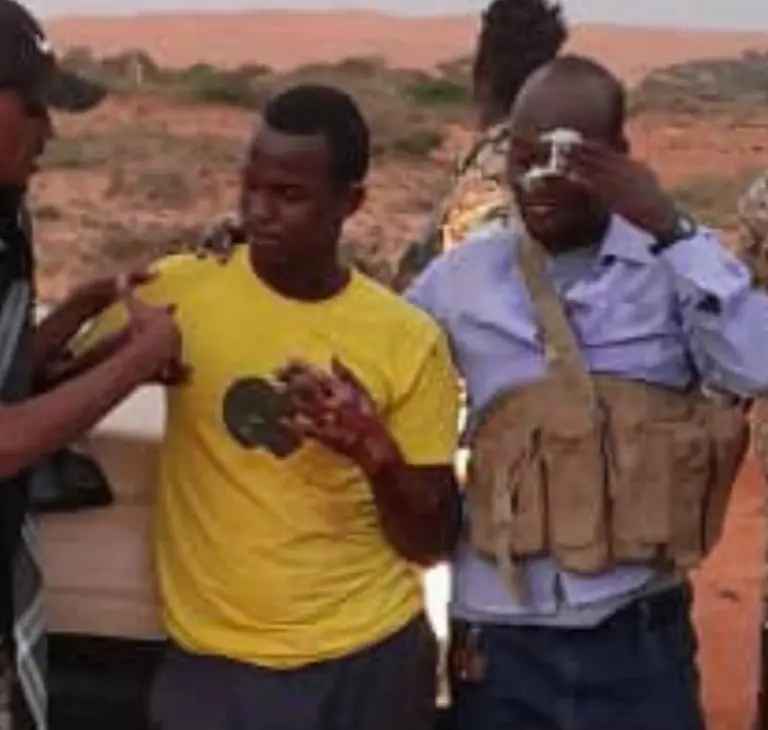
Countering extremism in Minnesota: A beautiful goal, barely begun
Local initiatives can be lauded, but funding is inadequate to support Somali community.